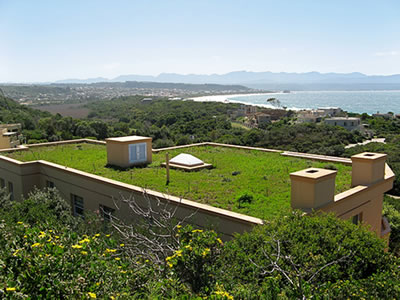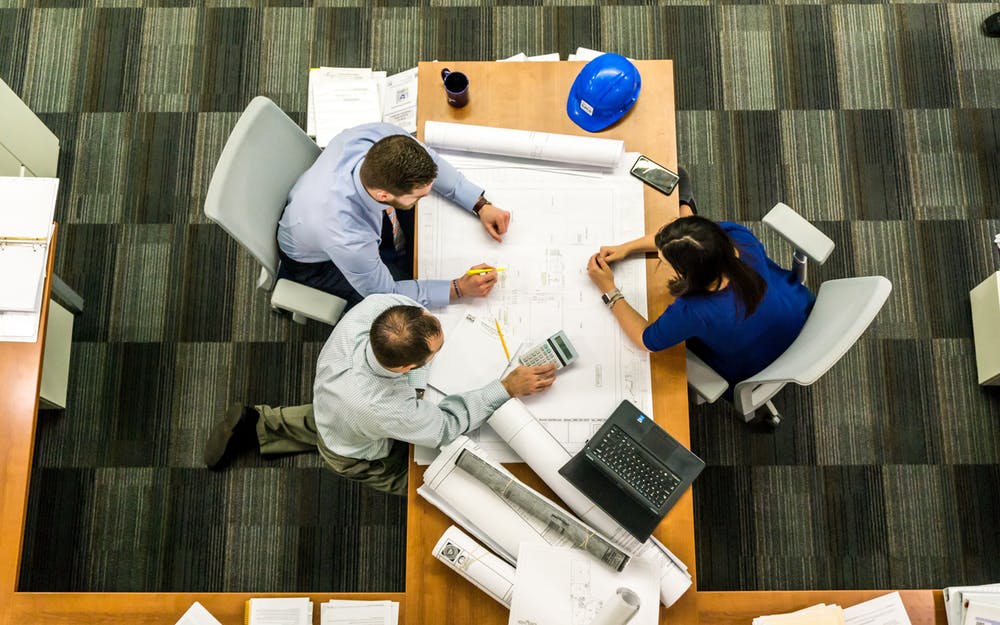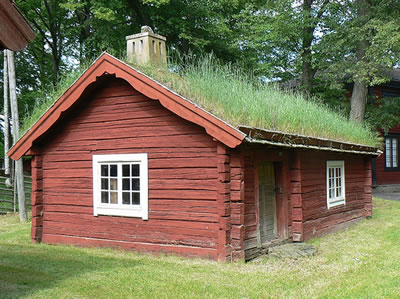There are many benefits to installing a green or ‘living’ roof. Whilst helping to filter air pollutants and create habitats for local wildlife, green roofs can also help homeowners to reduce their energy bills and prevent their flat roofs from leaking. On a domestic scale, green roofs can be added to home extensions, garden buildings and sheds.
If you are thinking of installing a green roof, you will first need to decide on the type. Here we will provide a guide to choosing between intensive and extension green roof solutions.
What is the difference between the two types?
Extensive green rooftops usually have six inches or less of growing medium depth. They are lighter in weight and are typically designed to catch rainwater. Extensive rooftops are a popular choice with homeowners, as they require very little maintenance.
Intensive green rooftops have more than six inches of growing medium depth and can facilitate high plant diversity. They function in the same way as traditional gardens, however they are found at a higher level. Many people favour intensive green rooftops, as they allow for the creation of a decorative space that can also be used recreationally.
Growing plants
If you are hoping to grow a variety of plants, vegetables and even small trees, then you will need to build an intensive green roof. Extensive green roofs can only facilitate low plant diversity and are not really intended for recreational use.
If you choose an intensive green roof, you have endless options when it comes to planting flowers, vegetables and herb gardens. You may even find them easier to care for on a rooftop, as there will be fewer pests and weeds than in traditional, ground level gardens.
Maintenance
If you do not want to have to maintain your green roof very often, then we suggest opting for an extensive green roof. They require little to no maintenance, as they are fairly self-sustaining. The only real maintenance you will need to carry out will be clearing gutters, weeding and applying a slow-release organic fertiliser to your grass. These tasks will probably only need to be carried out every six to twelve months.
Intensive green roofs require the same level of maintenance as a traditional garden. The plants you are growing will require regular feeding and irrigation to keep them in a good condition.
Whichever green roof type you choose, you need to make sure the roof is easy to access so you can carry out maintenance. The safest form of access is via an internal roof hatch, however you could always set up secure ladder points of external steps instead.
Costs
If you are on a tight budget, then you may want to consider opting for an extensive green roof. Not only are they the cheapest option in terms of installation, but the fact they require very little maintenance makes their ‘running costs’ low too.
Conclusion
If you are planning on installing a green roof, you first need to consider the factors outlined in this article to help you decide between an intensive and extensive garden. Weigh up the pros and cons of each so you can decide on the best option to suit your lifestyle needs. If you require any further advice about green roofs and their requirements, please get in touch with a member of our team.
Image credits: Mark Turner & kahunapulej




